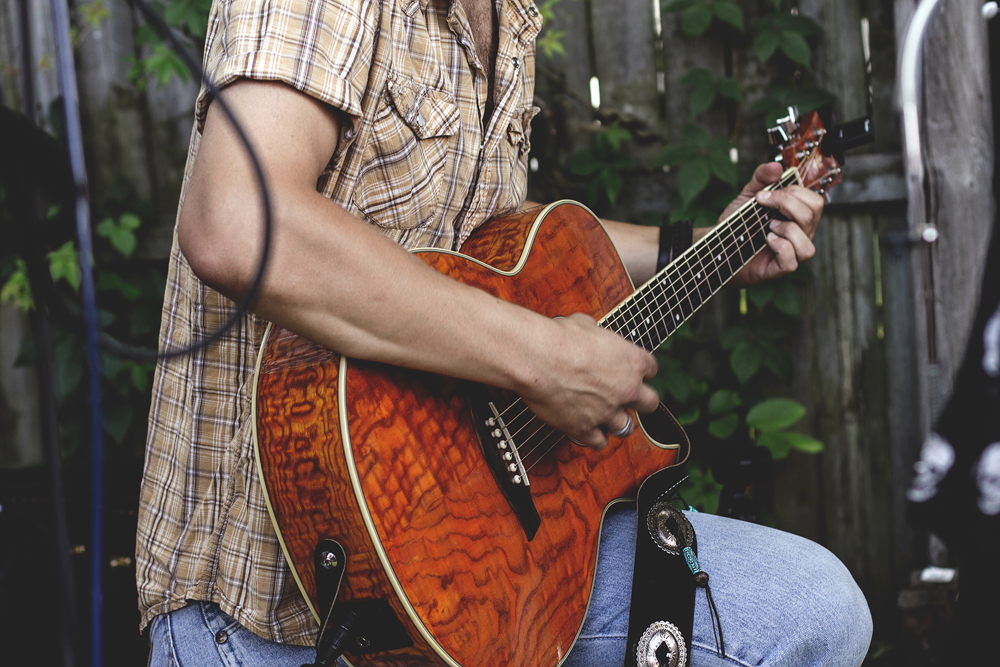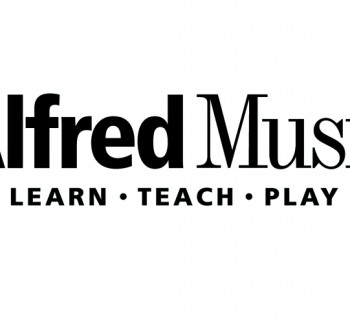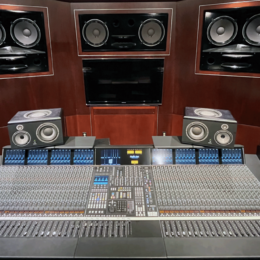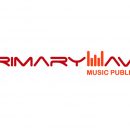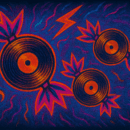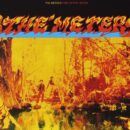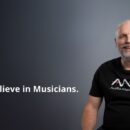As all musicians know, sampling is the act of taking a portion or “sample” of a sound recording and utilizing it in an element of a new recording. While this common practice can result in fun new interpretations and well-meant tributes to prior work, it should be done with caution. Sampling without authorization can result in a creative and financial nightmare. Luckily, it can easily be avoided by following the proper process.
Where It All Began
Sampling in music has been practiced for ages, but was first thrust into the mainstream spotlight in 1991 when Biz Markie was sued by Gilbert O’Sullivan for using unauthorized samples from Sullivan’s ‘70s hit “Alone Again (Naturally)” in Markie’s song “Alone Again,” which was released decades later. Markie’s song featured several familiar bars from the former’s piano riff and even included Markie singing part of O’Sullivan’s hook in his own chorus.
Markie was found guilty of infringing on O’Sullivan’s copyright and ordered to pay $250,000 in damages. Markie’s label was barred from selling the single or album. The judge even referred the case to criminal court, alleging that Markie was liable for theft. Though he was never charged, this highlights the gravity of the situation.
This landmark ruling permanently changed the standards for sampling. Obviously, the practice is still popular today, but this case forever altered the creative and business practices surrounding it.
In the years since, countless more sampling lawsuits have followed, further underscoring the importance of always clearing your samples and the potentially detrimental impacts of not doing so.
The Consequences of Not Clearing
Most musicians don’t clear samples and don’t get into trouble because the work doesn’t end up being a hit. But not clearing a sample leaves you in a very vulnerable spot.
If your dreams do come true and that track does become an unexpected hit, the copyright owners can sue you for infringement, force you to take it down, AND will most likely make unreasonably steep demands to clear the sample, knowing that you then have no other choice.
In contrast, the cost of clearing a basic sample ahead of time is likely to be quite reasonable, and realistically much less than attempting to do so after it’s part of a hit song.
Just Clear It
Musicians often ask how many bars are needed for a sample to be considered an infringement. Others change the sample sonically and assume it’s okay. The reality is, there is no hard-and-fast rule, and in this case, it’s much better to be safe than sorry.
If you know you’re sampling, get a clearance. If the sample is even remotely “identifiable,” get a clearance. Even if it’s one note or you don’t think it is noticeable, others may disagree.
What to Clear
So, what exactly do you need to clear when sampling? Well, there are two rights to consider, one for the master composition and another for the actual sound recording.
If you’re using someone’s composition, you need to clear the publishing. If you’re sampling someone’s sound recording, you also need to clear the master rights.
How to Clear
For starters, it’s vital to research and know who owns what you’re sampling.
On the publishing side, you can usually find the rights’ owner through ASCAP, BMI or SESAC’s websites, where they list applicable songwriters and publishers.
For sound recordings, go straight to the label. To first identify the proper label, the Harry Fox Agency’s website can be quite helpful.
Once you have this information, take the following steps:
• Send in a request to the rights’ owners to clear the sample, and be thorough.
Providing all information increases your likelihood of success and speeds up the process. Include a list of the original track’s owners and full details on what you sampled––the number of bars, length of the sample, total length of your track, when you plan to release the song and even a copy of the track with time-stamps of where the sample occurs.
By sending this through email, you’re also helpfully documenting your attempt to clear the sample.
• Be persistent. If you get no response, start calling. Then, call again.
• If you still get no response, consider recreating your work. Is that riff or couple of bars really needed? Is it worth the risk of a costly lawsuit? (The answer is likely no.)
• Know that you need authorization from ALL relevant parties.
If the label says yes, but the publisher says no, you still don’t have authorization to use the sample. If you get publisher clearance, but hear nothing from the label, consider clearing just the publishing rights and re-recording the sample yourself.
• Take alternate avenues. If you feel the sample is vital to your piece, try contacting the artist and/or songwriter directly. They may be able to help expedite the process.
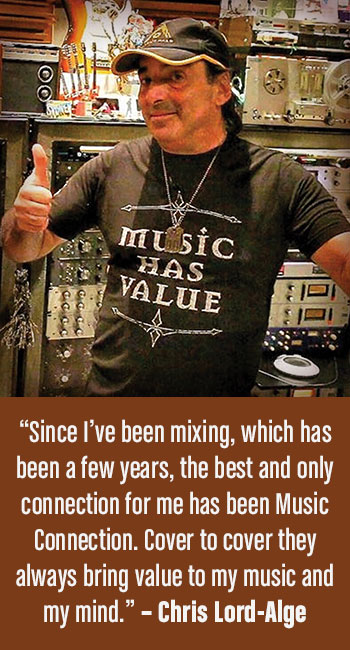 • If you’re still getting nowhere, seek the help of a clearance expert. They know the system and requirements in-and-out and can likely provide some helpful suggestions and connections that will get you an answer.
• If you’re still getting nowhere, seek the help of a clearance expert. They know the system and requirements in-and-out and can likely provide some helpful suggestions and connections that will get you an answer.
At the end of the day, clearing your samples is the right thing to do for the original owners of the work and the smart thing to do for your career.
As Benjamin Franklin’s old adage says, “An ounce of prevention is worth a pound of cure.” Clear your samples from the get-go, and save yourself the hassle, headache and dollars of a potential lawsuit.
ALEX HEICHE is the CEO and founder of Sound Royalties, a company dedicated to transforming the way that music professionals fund their creativity. To learn more, visit soundroyalties.com or call 1-866-752-8292.


